Like many safety innovations, RECCO‘s integrated electronic location system was developed after a tragedy. In 1973, Magnus Granhed witnessed the aftermath of an avalanche where rescuers were hopeless to locate buried subjects, resulting in two fatalities. One was a friend of Granhed’s.
The accident set Granhed on a path to find an inexpensive solution. He consulted with the Swedish Royal Institute of Technology, realizing that the best location method would be harmonic radar. RECCO’s first reflector was thus made with two antennas and a diode that would repeat the signal to a detector. The first prototype of the reflector-detector system came out in the ’80s with a range of one meter.
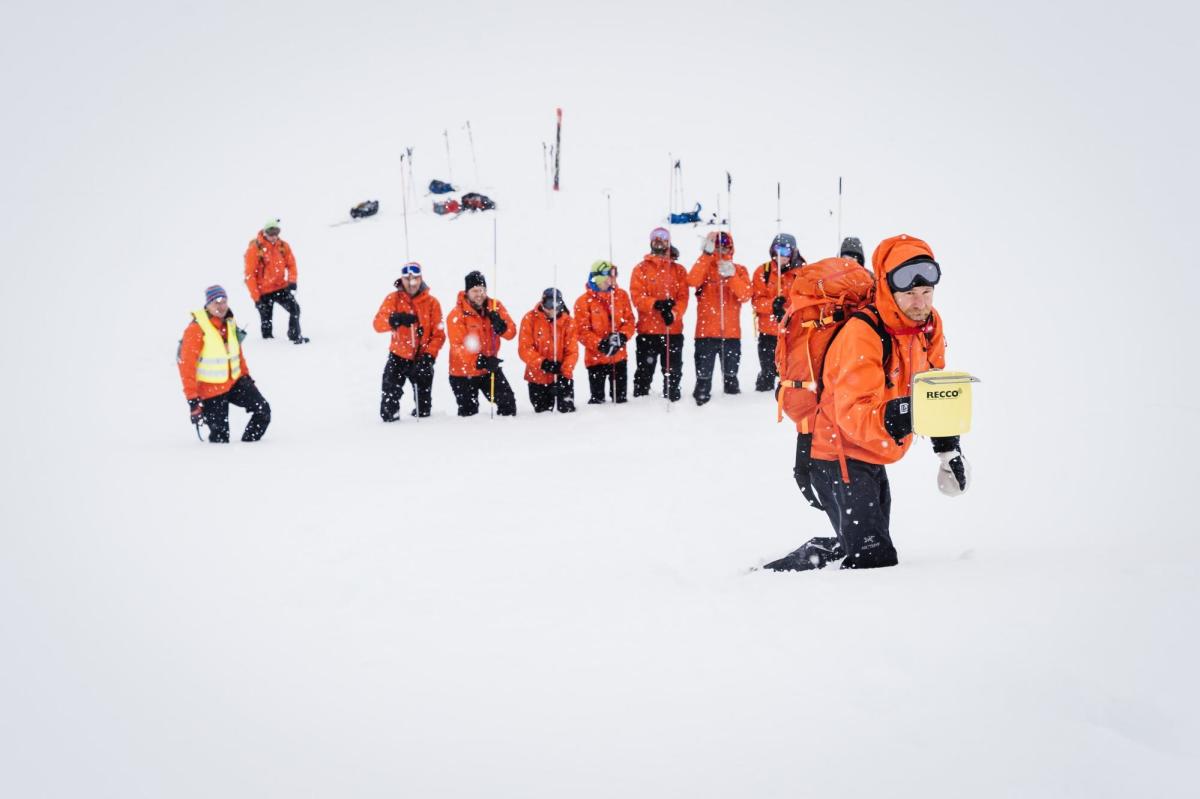
In 2014, RECCO started to evolve from avalanche location to all outdoor search and rescue scenarios with the development of the RECCO SAR helicopter detector. Using the same principle as the handheld RECCO detector, the heli detector would cover much larger areas that could be searched from an optimum height of 100 meters, enabling rescuers to search one square kilometer within six minutes. After years testing the helicopter-mounted detector in Europe, RECCO recently placed five units in North America. The expansion should allow recuse teams to use the system beyond the winter season as they become more adept with it.
“The simplicity of the device allows the pilot and operator to easily cover off search areas as well as track the coverage when paired with our GPS tracking,” says Todd Cooper, rescue pilot and base manager of Alpine Helicopters Canmore (one of the locations in North America equipped with the new heli detector). “RECCO detectors have primarily been known as avalanche search tools, the helicopter detector has many summertime applications that the public might not be aware of. Some examples are maritime searches, lost persons, and lost children.”
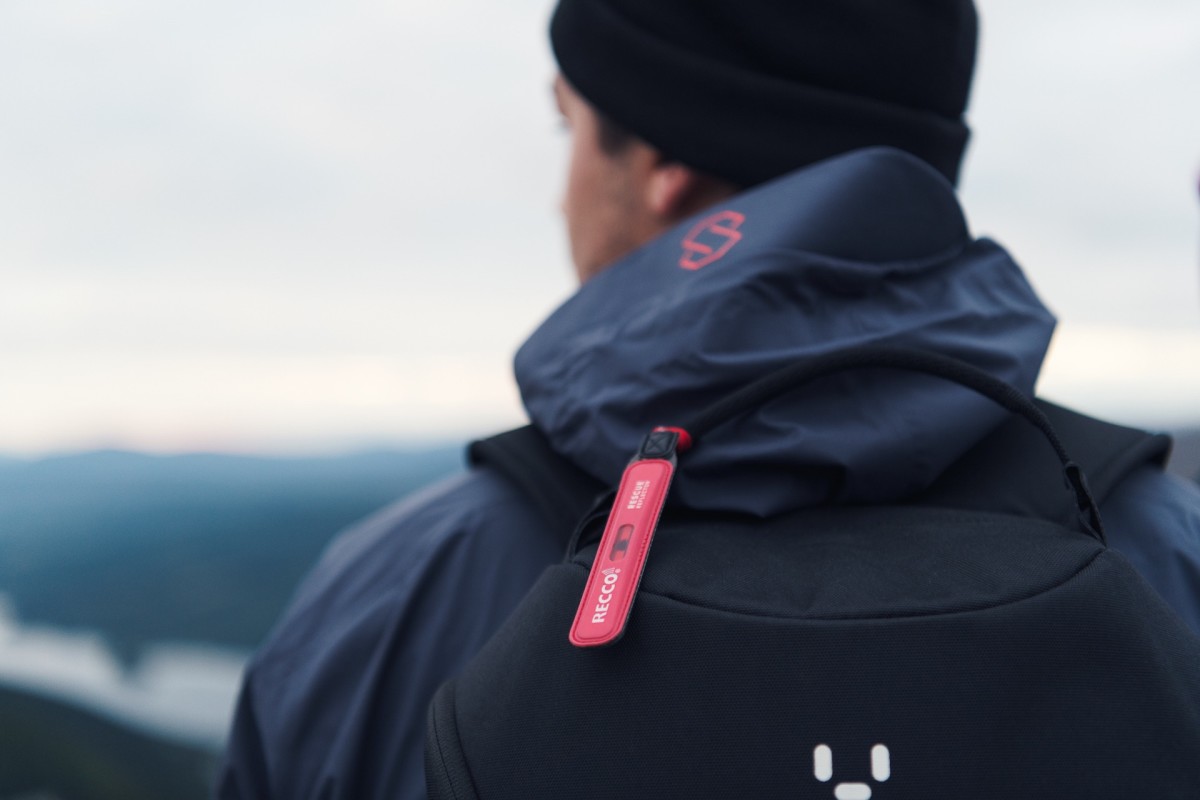
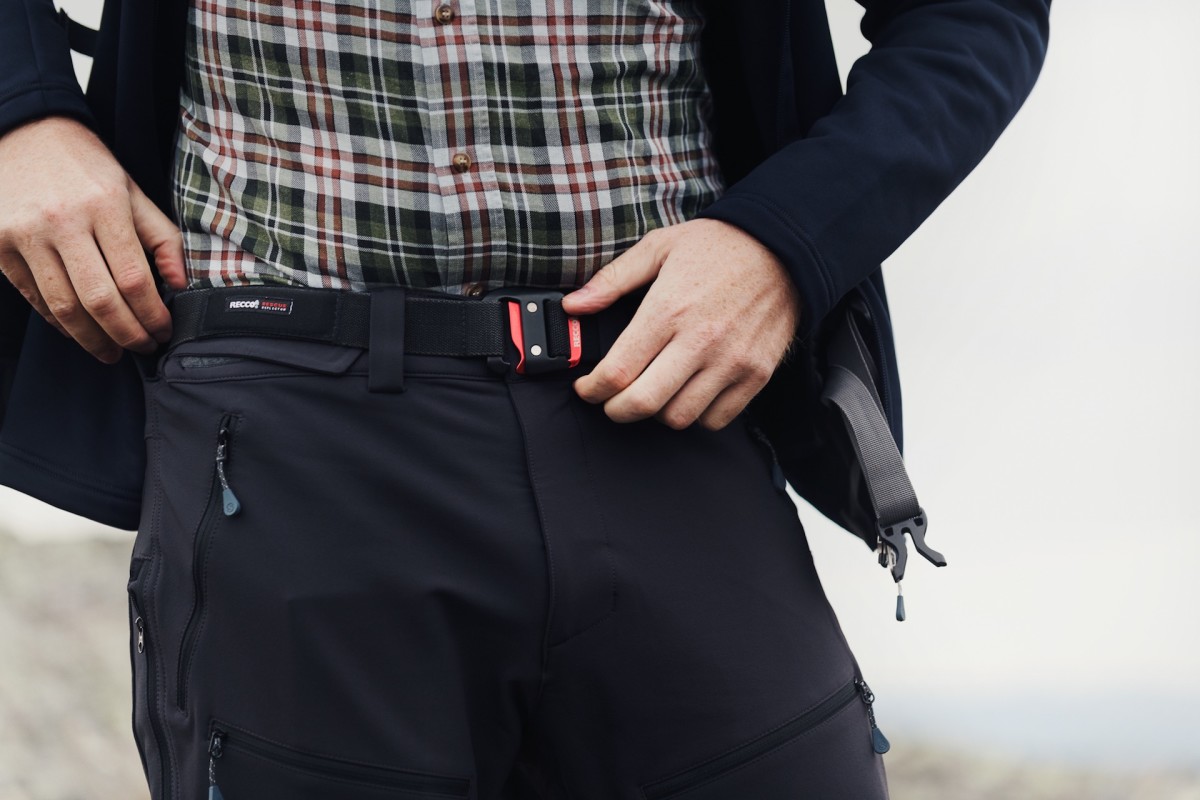
In conjunction with the heli devices this season, around 3 million new products will enter the market with integrated RECCO reflectors. Today, a large percentage of ski garments have a RECCO reflector, and there is a more recent push to put the reflectors in alpine climbing clothing pieces. For instance, Arcteryx is putting reflectors in outerwear beyond its ski and snowboard collection and into alpine apparel like its iconic AV Alpha jacket. This summer, RECCO plans to add new brand partners and product categories to its portfolio such as hiking shoes, backpacks, mountain bike helmets, climbing harness, hiking pants and jackets. However, because the strips are available a la carte, you don’t need to buy a RECCO-partnered piece of gear to benefit.
Many search and rescue authorities are still reacting to the potential of the new detector. Gordon Burns, Team Leader for RECCO in Canada, calls it a game changer in wilderness missing person strategy. “In my experience,” says Burns, who has spent 45 years in search and rescue, “it is going to reduce the days looking at the back end of a German Shepherd searching for missing persons.
“It is also going to reduce the days spent away from family by volunteer and professional SAR members,” adds Burns. “That’s critical as we are seeing volunteer burnout in some of our busier SAR Teams.”
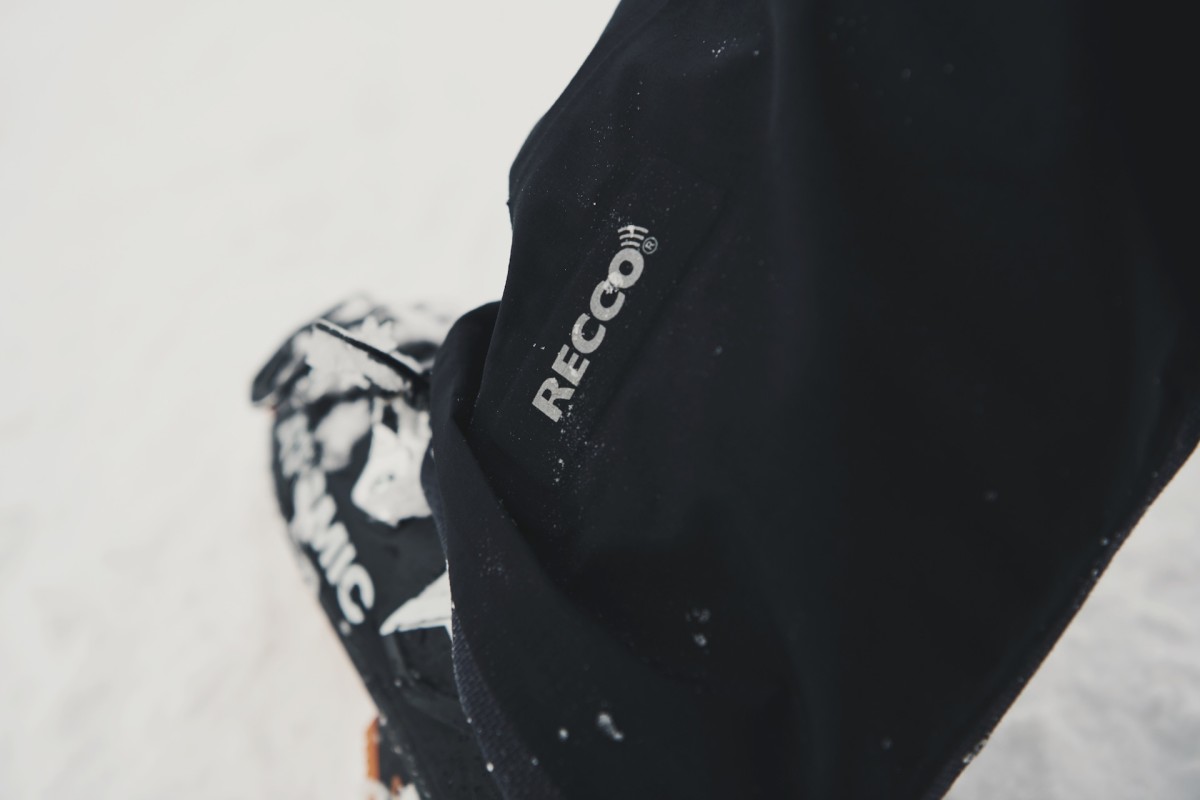
However, Kananaskis Public Safety Specialist Mike Koppang points out the obvious: “In order for this device to be effective, the person we are searching for must have a RECCO reflector.” Kananaskis Public Safety provides search and rescue for Alberta’s popular Kananaskis Provincial Park. They are one of the rescue organizations that will use a heli detector based at Canmore Alpine Helicopters.
“If we need to search a valley for a missing person and know that the person has a reflector, this gives us another tool in the bag of tools to look for them,” adds Koppang. “I see this being used a lot in conjunction with a traditional ground search. Missing persons or lost persons is definitely becoming a less and less common call as we have seen such big advances in communication technology as well as mapping technology.”
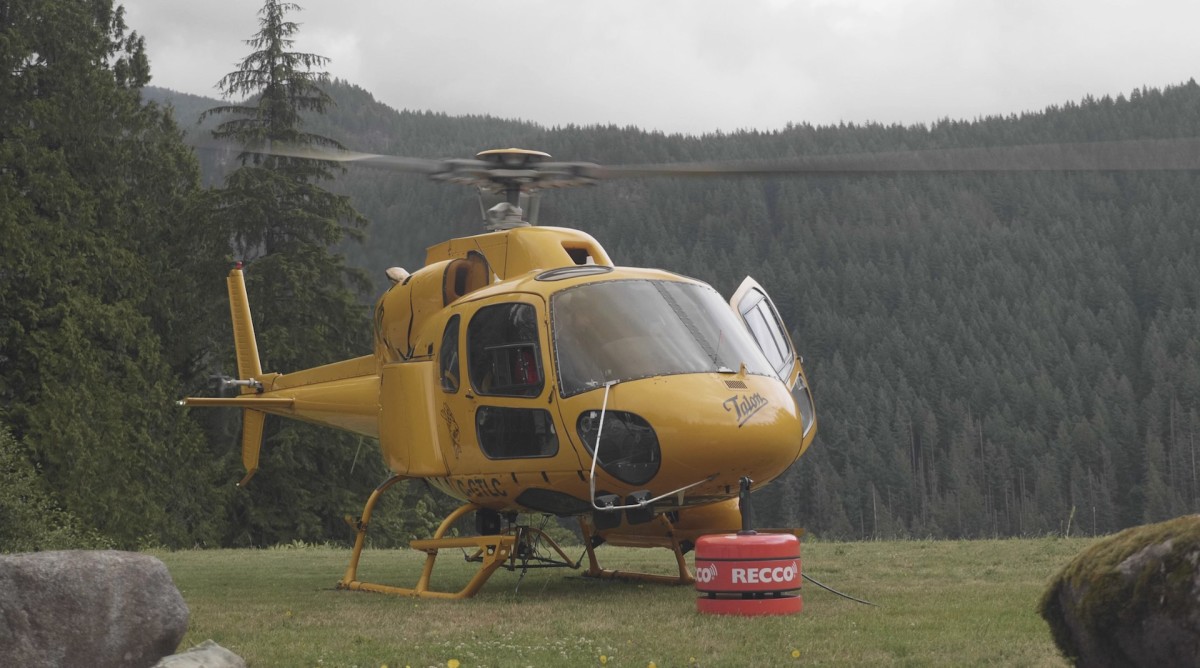
With RECCO’s reflector technology being placed in more and more clothing and gear, the company reminds users to make a simple trip-planning note: Tell someone that you have RECCO before you go.
One of its biggest advocates is professional climber, paragliding and adventurer Will Gadd. Gadd has lost too many friends in the mountains and has personally made RECCO use in everyone’s kit one of his missions. And no, he is not sponsored by RECCO, he just wants people to be found, even if it is just their body.
“RECCO can be for anybody who spends time outdoors, if you’re a hunter, you can be found really quickly,” says Gadd. “If you’re a kid, lost in the woods, you can be found really quickly if there’s RECCO in your backpack.
“For me personally,” Gadd adds, “I have lost over a dozen friends in the mountains and this system would hopefully help prevent that in future we can at least find the people—and that makes a huge, huge difference. Even in the recent avalanche and in Montana, they found a person with the helicopter system. They couldn’t find them any other way.”
from Men's Journal https://ift.tt/3926VRs
via IFTTT







0 comments:
Post a Comment